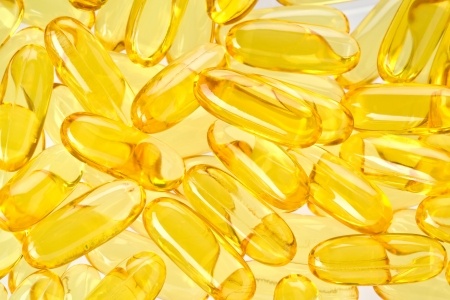
Introduction
Softgel capsules are now leading the way in oral delivery of drugs, nutritional supplements, sports nutrition and other types of food. They are so much more versatile than hard tablets and convenient for a plethora of pharmaceutical, nutraceutical, and cosmeceutical industry applications.
Softgel capsules too not only made with gelatin but also being manufactured to meet the burgeoning growth of the vegetarian and ever expanding vegan market. Capsules made using the carbohydrates such as pullulan, starch and hydroxypropylmethylcellulose (HPMC). The use of new materials is helping to boost product development and raise the prospects further of expanding the portfolio of difficult to consume pharmaceuticals.
It may be the best route for oral delivery of vaccines including those for immunization against COVID-19 as well
Checking the market reports, on a regional basis, Europe is set to continue dominance of the global softgel capsule market. North America is not that far behind and will gain significant market share. It may be Asia though in many years to come which actually dominates both manufacture and overall consumption.
History Of Softgel Capsules
In the late 1800s it was discovered that medicines, especially bitter ones might be better swallowed in small sacs of hardened gelatin. Each gelatin shell was first formed by setting, filled with the medicine and then resealed by heating. Such a basic process has since been refined to what is now the two film encapsulation process. Vegetable cellulose capsules have also been gaining ground as an alternative material to gelatin because of the desire to move away from animal-derived ingredients in medicines. Coming up to the present day, softgels are now a new method for delivering products from food supplements to pharmaceuticals.
Nowadays, the true softgel is a one-piece, hermetically sealed soft gelatin capsule which contains liquids, suspensions and even semi-solids or gels.
The Process
The process of manufacture is continuous whereby two gelatin ribbons pass between two rotating dies. When the ribbons meet and come together, just at that point, the liquid to be encapsulated is injected between the ribbons. The capsule halves are sealed and removed by the continuous motion and rotation of the dies (Tyle, 1990).
Capsules are prepared of all sizes depending on the fill volumes, thickness and dissolvability required, the storage and climatic conditions and the end use. A capsule formulation contains mostly gelatin (90-98%w/w), a plasticizer such as glycerine, water and some preservatives if needed.
The rotary die technique needs a flowing liquid for filling which is treated as the single phase liquid active. It can contain a suspension of solids with glycerine to help with miscibility and viscosity modification.
The capsules are washed in a readily evaporated solvent and then tumble dried in a series of dryer with perforated walls. Warm dry air is continuously blown through the dryers usually at a temperature below 35 °C. The drying process causes water migration from the shell but also from the internal contents. To ameliorate this issue, tunnel dryers have been successfully developed for this task as well. An alternative drying method uses infra-red technology.
The capsules are dried on trays in a controlled air environment at a constant temperature in the range of 21°-24°C, and low relative humidity (20-30%). The drying time is between 16 and 24 hours but longer if the softgels are over 20 minims in size and contain a hydrophilic, aqueous filled base. The general drying time is 3 to 7 days which removes water in the hygroscopic fill and the shell to about 6 to 10% by volume. This produces ‘dry capsules’.
The water content is determined using the Karl Fischer test.
Producers
The main producers are Catalent (ex. RP Scherer), Aenova Group GmbH, Capsugel, Fuji Capsule Co., Ltd., Sirio Pharma Company, Captek Softgel Int. Inc., Eurocaps Ltd (part of DCC Plc.), Guangdong Yichao Biological Co., Ltd., Elnova Pharma & Hunan Er-Kang Pharmaceutical Co., Ltd.
References
Wilkinson, P.K. & Hom, F.S. (1990) Softgels: Manufacturing Considerations In: Specialized Drug Delivery Systems, Edt. P. Tyle. Marcel Dekker, Inc., pp. 409-449.


Leave a Reply